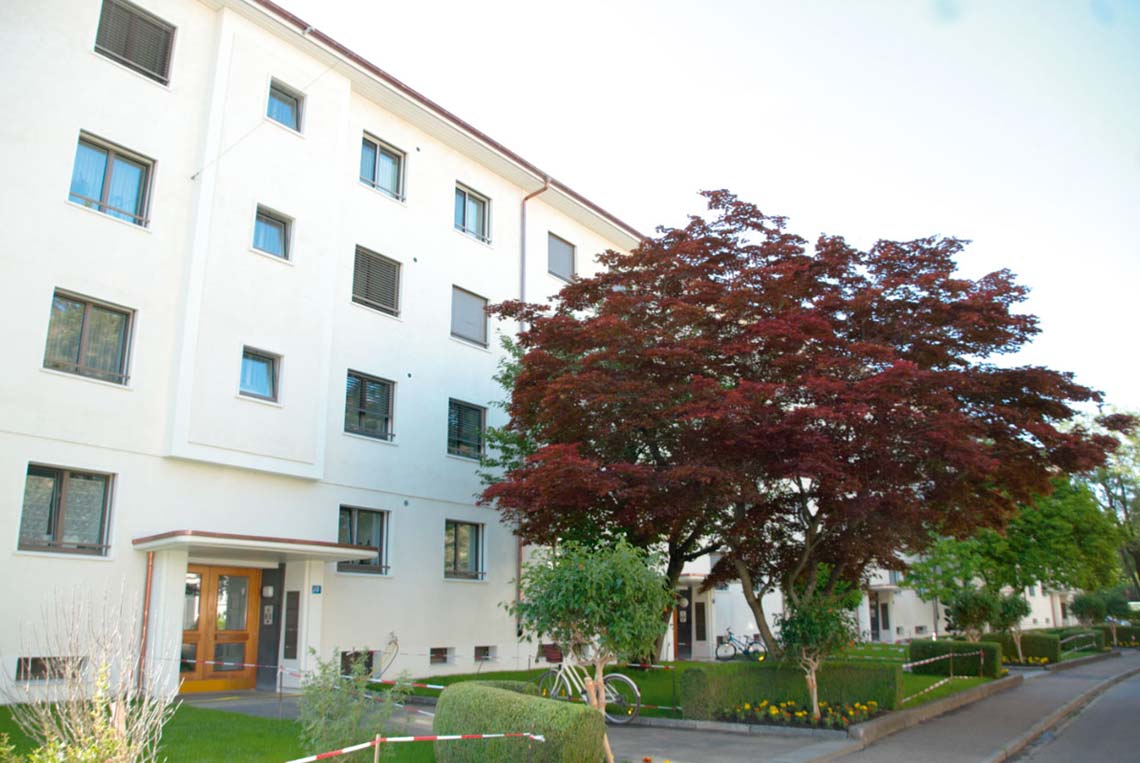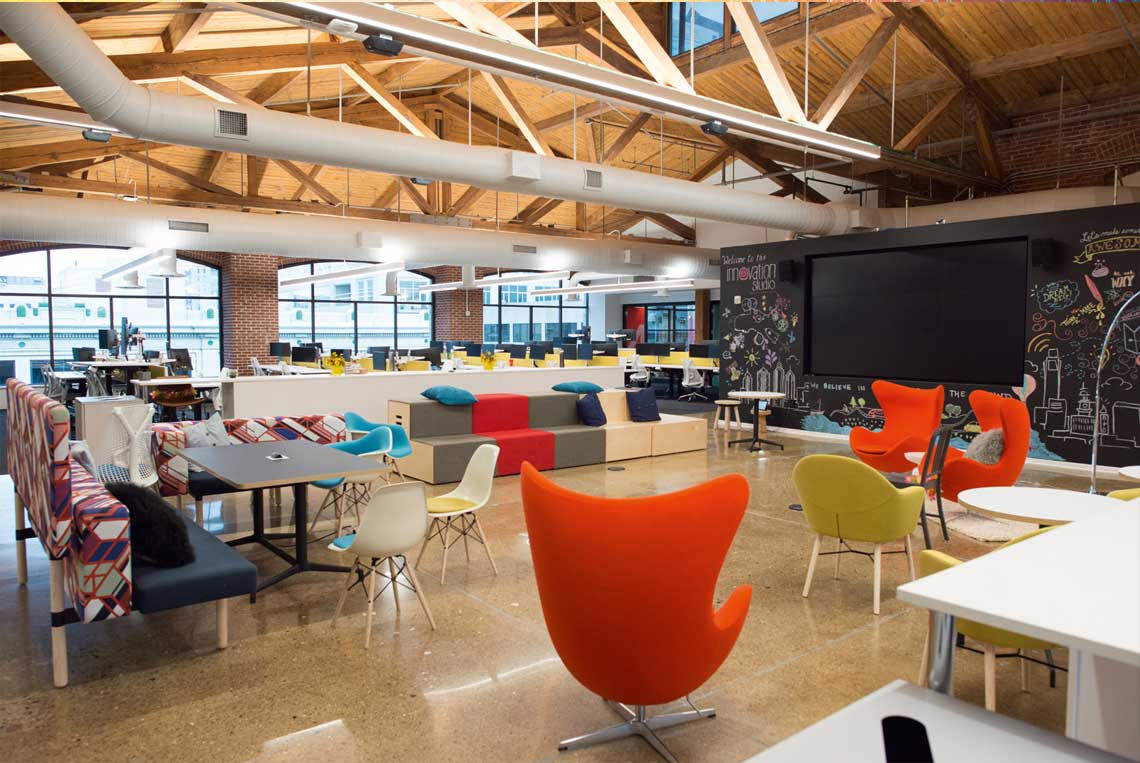EPBD 2018 – The European building directive has been amended. What now?
Issue 01-2019:
read all articles online
read as pdf
The EU gets serious and tightens the thumbscrews: Buildings are to be CO2-neutral by 2050, and this is already leading to a number of stricter requirements in the coming years, especially where building automation is concerned.
The EPBD (Energy Performance of Buildings Directive) establishes requirements for buildings, which are to be implemented by EU member states under their national laws. The directive was most recently amended on May 30, 2018. It requires the CO2-neutral operation of buildings by 2050, with intermediate targets for 2030 and 2040.

Smart buildings
The EPBD places the focus explicitly on regulating and controlling installations. While this focus has been primarily on the building shell and the choice or design of building systems in recent years, there is clearly a lot of catching up to do in the area of regulation and control. The EPBD thus imposes a series of stipulations on “self-regulating devices,” “intelligent charging of electric vehicles,” “digitalization of the energy system,” “electronic monitoring” and “networked buildings.”
The directive also covers a “smartness indicator,” which is yet to be defined. Although the specific definition and calculation of this factor are still to be established, just the fact that it has been officially determined specifically for buildings greatly strengthens the building automation discipline.
Building automation is gaining ground
The EPBD imposes explicit requirements on building automation:
- “Installation of self-regulating devices:” A control loop needs sensors, actuators, controllers, etc. These requirements can thus be implemented only with building automation components.
- “Smart charging of electric vehicles” and “minimum number of recharging points” in non-residential buildings or multi-party residential buildings: The biggest problem with charging stations for e-mobility is the distribution of available charging power to the active charging stations. This is possible only by introducing load management practices and thus intelligently coupling the charging stations with a superordinate controller.
Once smart BMS systems (building management systems) control the technical equipment within the building, it is conceivable that e-mobility charging stations will also be connected to the BMS systems in the building in the near future.
- “Logging the actual energy efficiency” of heating and air conditioning systems: The actual values can be reliably and continuously recorded only with a monitoring system that sensibly forms part of the overall building automation system.
Implementation in EU states
The EPBD requires the member states to establish clear guidelines, come up with measurable measures and provide subsidies (!)—including for rental apartments.
When it comes to implementation, the member states are called upon to adopt the legal and administrative regulations needed to comply with the EPBD by March 10, 2020. Soon, the German federal government will thus also have to clarify and define how it will meet the requirements of the EPBD, i.e. European law.
Conclusion
The new EPBD significantly increases the importance of building automation. The blueprint is in place, and this template must now be immediately turned into national laws and regulations.
New articles in Smart Building
Top articles





